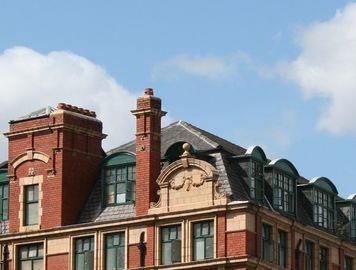Landlords hands tied preventing refurb, expert claims
Listed buildings face a price slump after the introduction of Energy Performance Certificates, a leading property management firm has warned.
NB Real Estate Group said that the inability of landlords of heritage buildings to change their energy performance could cost them dear.
The firm said that older buildings could naturally receive far lower energy efficiency ratings and that landlords of listed buildings might be able to do very little to improve their rating.
It pointed to research in the UK showing that commercial properties with poor energy ratings are receiving lower sales and rental value than those with good energy ratings.
Jonathan Lovejoy, director of NB Real Estate, predicted a two-tier market: “A lot of commercial property occupiers in the UK are going to want to establish their CSR credentials by occupying [high energy efficiency] properties … They are going to be less enthusiastic about occupying a listed building if it has a poor EPC rating.”
He said that the law prevented owners putting cavity wall insulation into listed buildings and planning ruled out putting turbines on the roof. Even double glazing is out for certain listed buildings, he warned.
He called for an exemption or concessions from these rules for listed buildings with a view to protecting historic stock.
John Doggart, chairman of the Sustainable Energy Academy (SEA), which runs Old Home Superhome, a network of buildings throughout the country that have been transformed to save at least 60% of their carbon, said successful conversion of older buildings was possilble.
"Most of [our] buildings are Victorian, many of them have strong heritage value. Yet they have been transformed sensitively. The lessons from these houses can often be transferred to commercial premises." He said that conversion of old homes to 'superhomes' costs about £20-30,000.

























